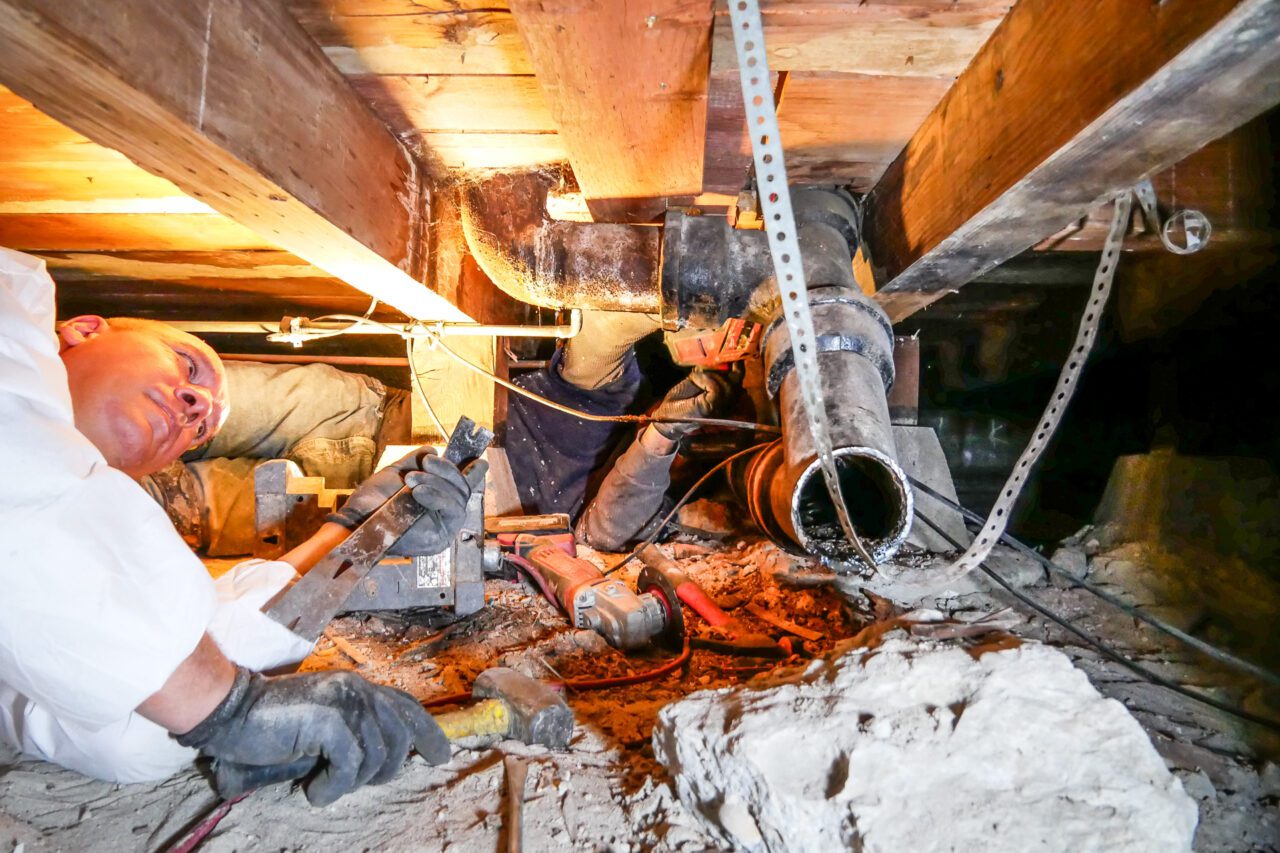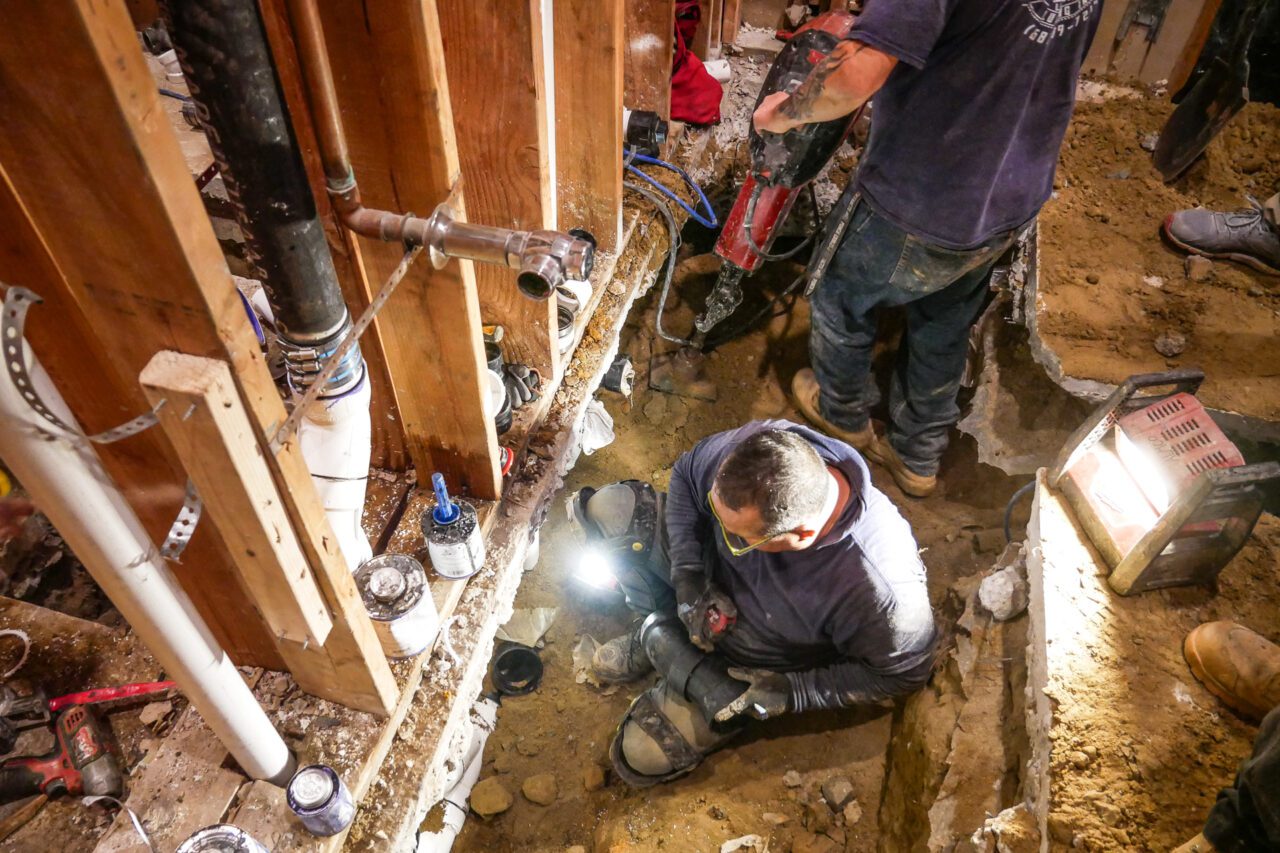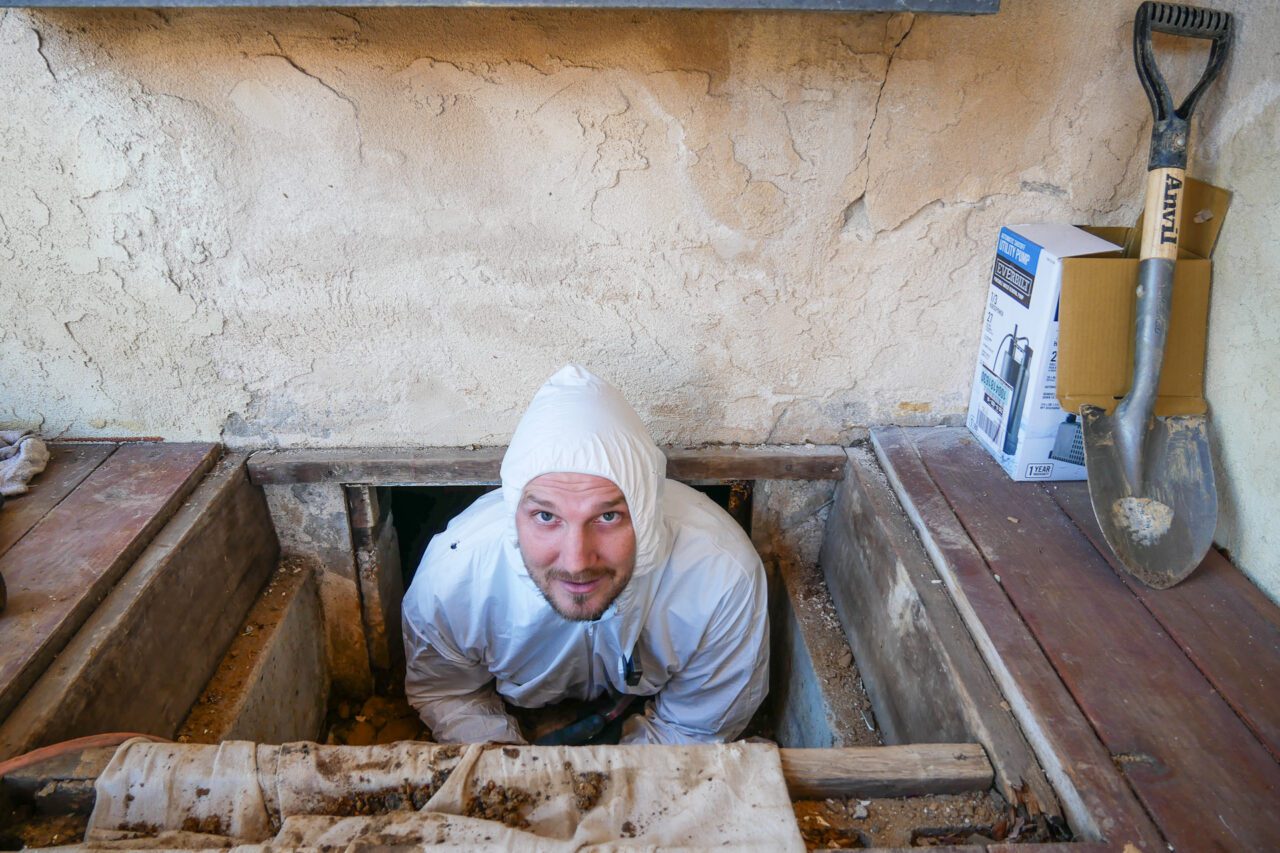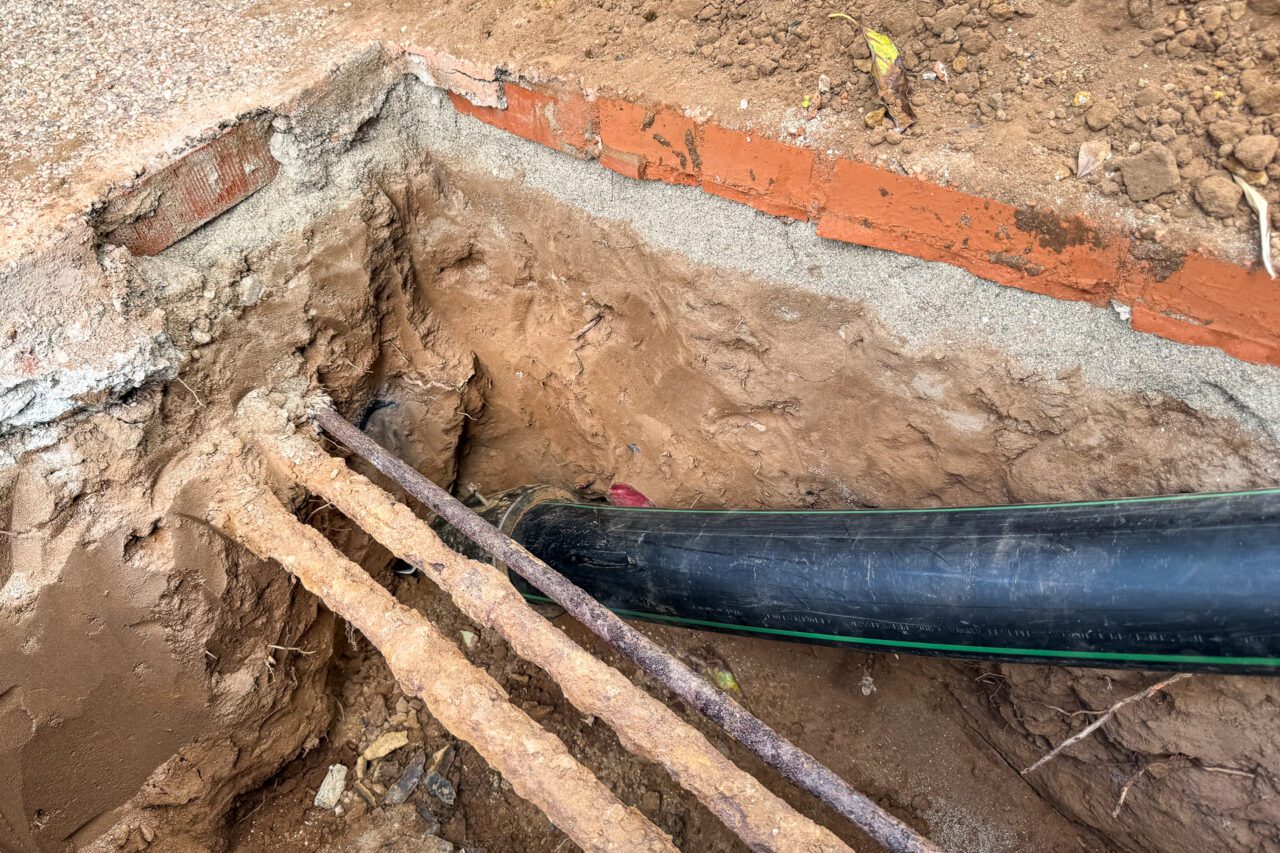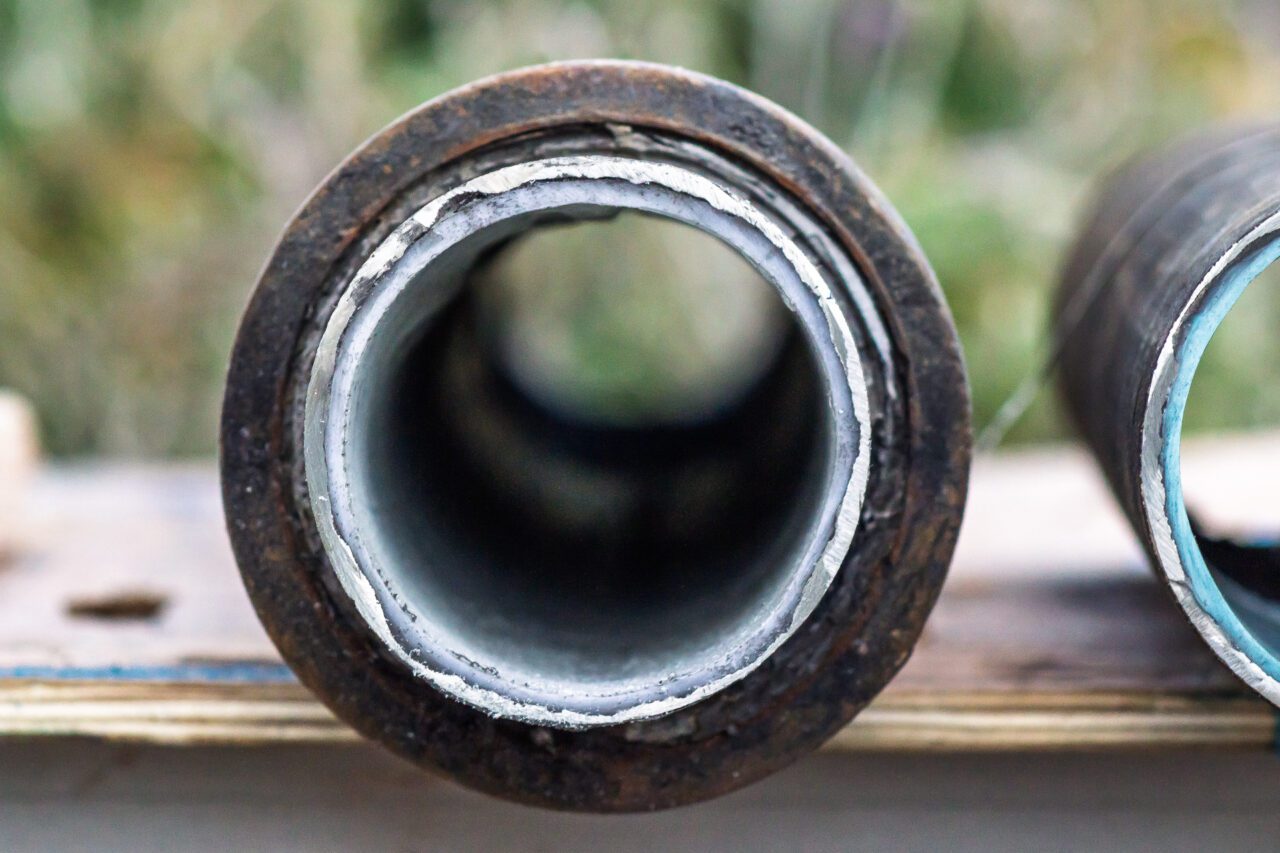Trenchless Sewer Repair Explained: What Works Best for a House with Crawl Space?
Trenchless sewer repair in a home with a crawl space is often simpler—and more cost-effective—than many homeowners expect, especially in houses built before 1970. These older homes typically have cast iron pipes, which are prone to corrosion, clogs, and eventual structural failure.
If you’re noticing slow drains, frequent backups, or unpleasant sewer odors—and your home was built before the widespread use of ABS plastic pipes in the early 1970s—it may be time to explore a lasting solution.
This article explains the difference between houses with and without crawl spaces, when trenchless repair makes the most sense, and why whole replacement is the best solution for sewer repair in houses built before the 1970s.
San Diego Houses Types: How It Affects Repair
In San Diego, the type of foundation your home sits on has a big impact on how your sewer pipes can be repaired or replaced. When it comes to sewer line accessibility, there are two main types of homes in the area.
1. Homes with Crawl Spaces
These homes have a raised foundation, giving technicians direct access to plumbing beneath the house. If your cast iron sewer pipes are located here, full replacement is typically the best and most cost-effective choice.
Why not trenchless here? In crawl spaces, physically replacing pipes is often easier and cheaper than lining them. Trenchless methods in this setting require extra preparation, cleaning, and fittings that don’t always justify the cost.
2. Homes with Slab Foundations
These have pipes buried directly under concrete floors. Accessing them requires breaking through flooring, which is disruptive and expensive. In this case, trenchless repair—such as pipe bursting or epoxy lining—is a practical alternative. These techniques allow the pipe to be repaired or replaced without tearing up the slab.
Knowing what type of foundation your house has helps you decide between traditional replacement and modern trenchless solutions. Each approach has its place, and the right choice depends largely on your home’s structure and the location of the failing pipe sections.
Another important factor is the year the house was built. Homes built before 1970 almost always have cast iron pipes. These deteriorate over time, becoming brittle, corroded, and prone to blockages. By 1970, builders had largely switched to ABS plastic piping, which is lighter, cheaper, and longer-lasting. If your home was built in 1969 or earlier, it likely has aging pipes that need attention.
Many homeowners are unaware of what lies beneath their homes until they notice signs such as sewer odors, frequent backups, or slow drains. These are red flags that your cast-iron system may be failing.
Why We Don’t Recommend Trenchless Repair in Crawl Spaces
For crawl space plumbing, replacing the entire pipe is usually the smarter choice over trenchless methods. Key reasons:
- Easy Access Means Lower Labor Costs—Direct access under the home makes traditional replacement simple and efficient.
- Trenchless Costs More Here—CIPP lining or similar methods in a crawl space often require extra prep work and materials without offering better results.
- Better Long-Term Reliability—New pipes provide a completely fresh system with full access for future maintenance.
- Predictable Pricing—Replacing sewer pipes in a crawl space generally costs $7,000–$15,000, depending on home size, layout, and pipe location. Trenchless in the same setting may cost more while offering less value.
So, in crawl spaces, replacing the old cast iron with new piping is less complicated, often more affordable, and far more durable.
Repairing the Main Sewer Line: Trenchless Options
Even if your home has a crawl space, the main sewer line still runs underground to the property line or city connection. Digging here can be expensive and messy—especially under driveways or landscaped areas. Trenchless methods can save time, money, and your yard.
There are two main trenchless options.
1. Pipe Bursting (Recommended)
A bursting head breaks apart the old cast iron or clay pipe while pulling a brand-new SDR-17 HDPE pipe into place. Benefits:
- Service life of 100+ years
- Minimal disruption—requires only small access points
- Ideal for underground runs with accessible entry/exit areas
2. CIPP Lining (Cured-in-Place Pipe)
Creates a new inner layer inside the existing pipe. Best for straight sections when digging is difficult.
- Pull-in-Place Lining—Inserted through cleanouts/vents, then cured in place; more durable and precise.
- Inversion Lining—Blown into the pipe and cured; often required for public connections but generally less durable than pull-in-place.
Limitations:
- Epoxy-lined pipes can’t be cleaned with mechanical tools—only hydrojetting is allowed.
So, trenchless methods are ideal for replacing or reinforcing sewer main lines without damaging landscaping or hardscaping.
Important Limitations of Trenchless Methods
Trenchless sewer repair methods are innovative and convenient, but homeowners should understand their limitations before deciding on this approach.
Limitations
- Access Requirements—Some trenchless techniques, such as inversion lining, need a physical access point like a cleanout or manhole. If none exist, additional digging may be required to create them
- Limited Effectiveness in Complex Pipe Layouts—Trenchless methods work best on straight pipe runs. Multiple bends, diameter changes, or transitions can reduce the success rate of lining or bursting
- Not Suitable for All Pipe Conditions—Severely collapsed, misaligned, or fully broken pipes are usually not candidates for trenchless repair and often require traditional excavation
- Epoxy Liner Sensitivity—Epoxy liners installed with the CIPP inversion method can be damaged by mechanical cleaning tools like drain snakes. Once installed, only hydrojetting should be used; improper cleaning may void warranties
- Higher Cost in Accessible Areas—In easily accessible spaces, such as crawl spaces, trenchless methods can cost more than traditional replacement without offering better long-term value
Understanding these limitations will help you choose the most effective and cost-efficient repair method while avoiding unexpected complications.
